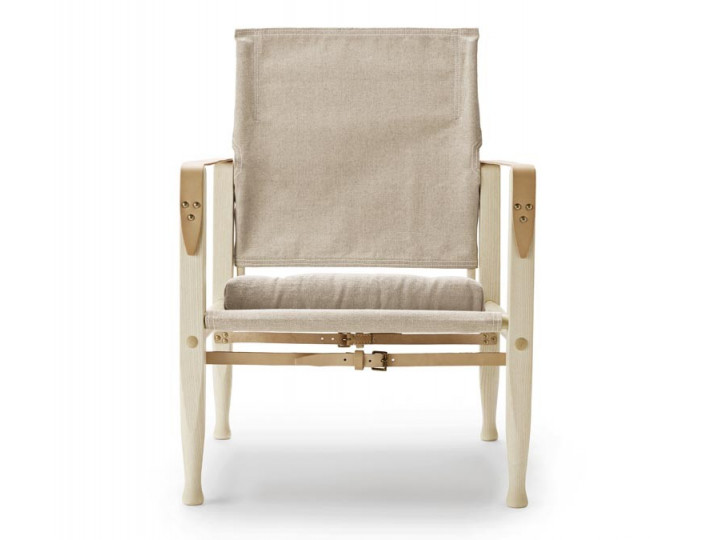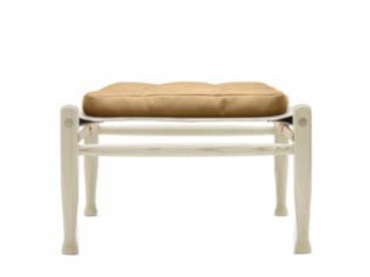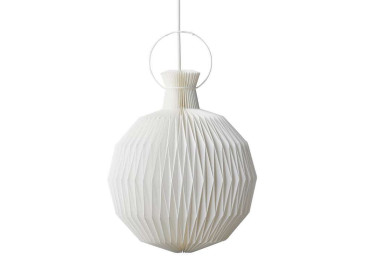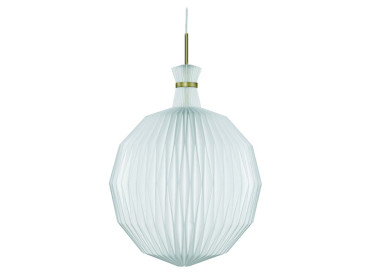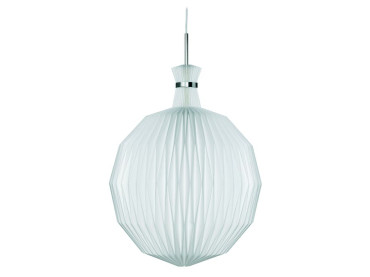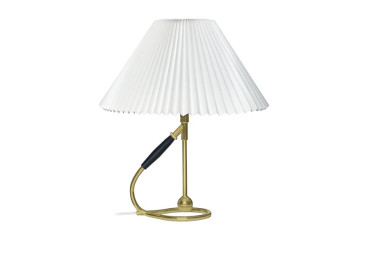Mid-Century modern scandinavian chair model KK47000 "Safari chair" canvas by Kaare Klint.
-
Kaare Klint
-
Carl Hansen & Søn
- CH047 On demand. Delivery time 8-10 weeks
Kaare Klint’s KK47000 Safari Chair is a refinement of the chairs brought on an African safari by an American cinematographer and his wife. Klint noticed them in the couple’s photos. They were most likely based on Indian Roorkhee Chairs used by the British military – possibly the first examples of self-assembled furniture. The original featured glueless joints, tool-free assembly, and an intelligent construction that caused the joints to tighten when the chair was occupied, enhancing strength and stability. Klint focused on simplifying, clarifying and refining the lounge chair’s composition, exhibiting his final Safari Chair design in 1933 at the Copenhagen Cabinetmakers’ Guild Exhibition. While inspired by its British predecessor, Klint’s sophisticated, lightweight chair is defined by his signature systematic approach, fine craftsmanship, well-conceived proportions, and remarkable material effects.
| Year | 1933 |
| Dimensions | H : 80 cm. W : 57 cm. D : 57 cm. Seat H : 34 cm. |
| Material | Ash. Fabric or leather. |
| Style | Classique Neuf |
| Origin | Denmark. |
| Fournisseur | Carl Hansen & Søn |
Kaare Klint
Kaare Klint (1888-1954), the man behind classics such as the Safari Chair and Faaborg Chair, is considered the father of Danish furniture design. For Kaare Klint, the son of architect Peder Vilhelm Jensen-Klint, exposure to architecture was a natural part of his early development. However, it was primarily as a furniture designer that Kaare Klint made his mark on Danish architecture.
Kaare Klint was born in 1888 in Frederiksberg and designed his first furniture in 1914, for the Faaborg Museum. From the beginning, Klint's furniture was characterized by harmony between his choice of form and materials, often inspired by earlier styles or other cultures.
Klint helped found the Royal Academy of Fine Arts Furniture School in 1923, and was appointed professor there in 1924. In this role, he inspired and taught a number of prominent Danish furniture designers, who went on to pave the way for the golden age of Danish design, from 1945 to 1975.
Kaare Klint also founded the Furniture and Spatial Design Department at the Royal Academy of Fine Arts, where he employed a teaching method considered radical in his day. He asked students to construct furniture items from the inside out, based on thorough pre-analysis. The outward style was less significant; instead, the focus was on function analysis, choice of materials, and material processing.
Klint's influence led to a comprehensive renewal of Danish furniture design. He demanded clear and logical structures, with nothing superficial - only honest, pure lines, the best materials, and genuine craftsmanship.

